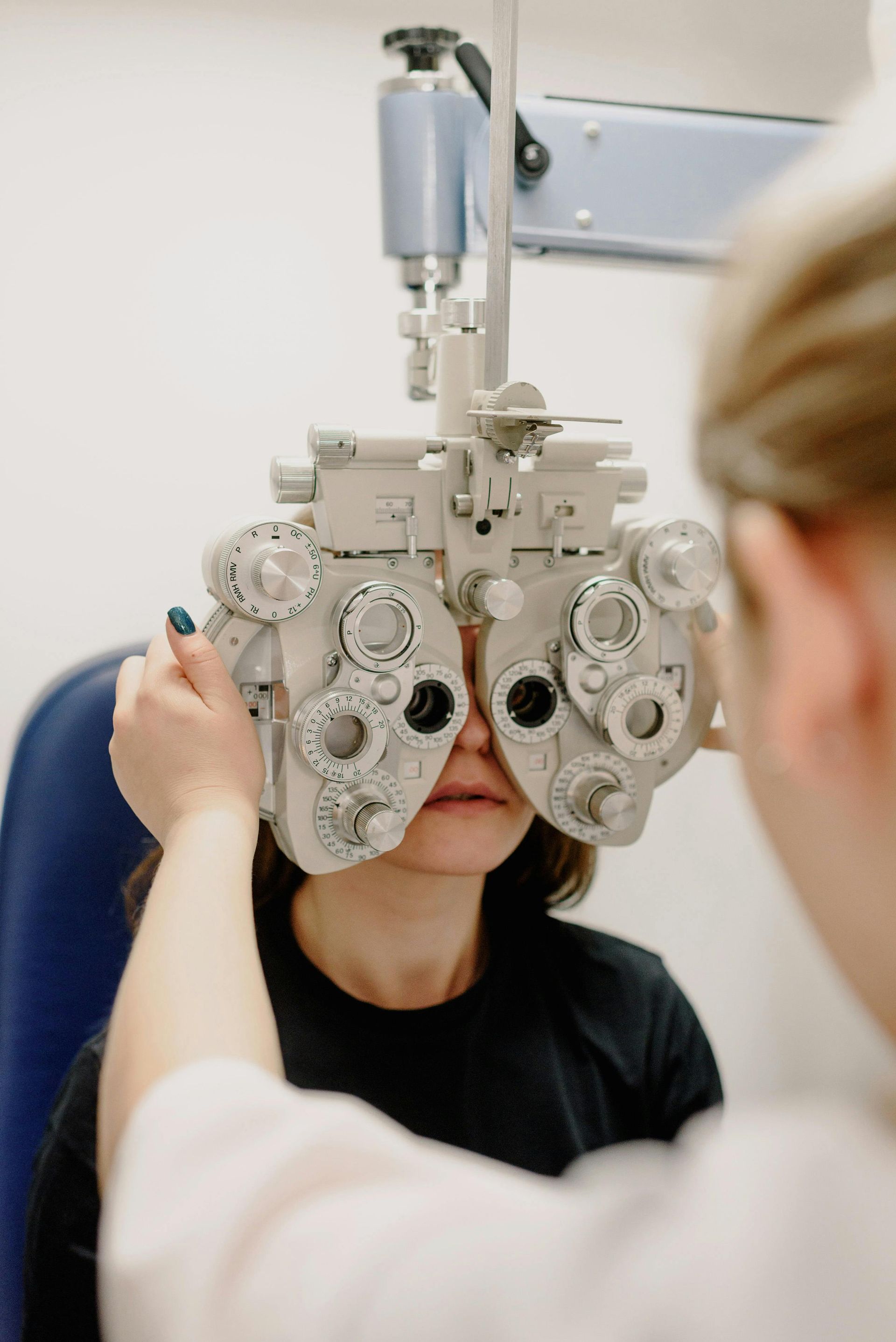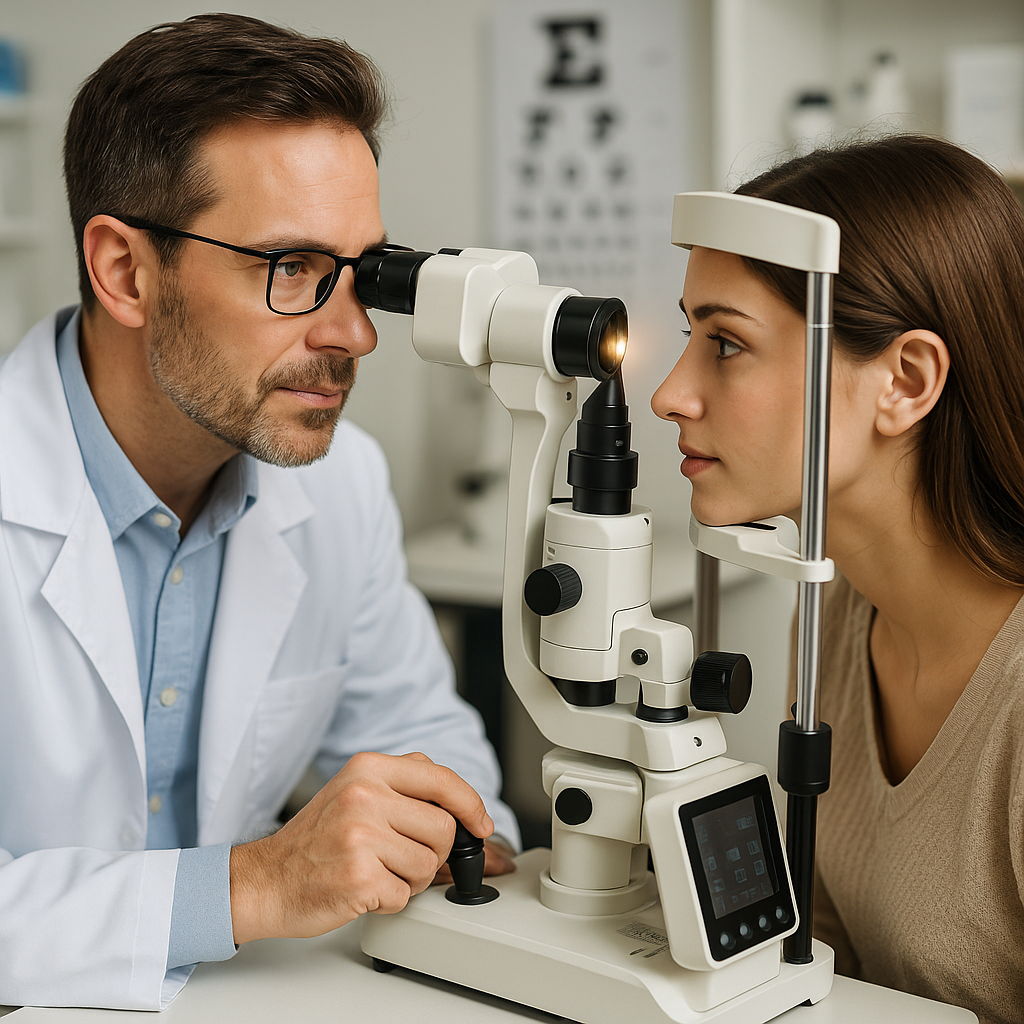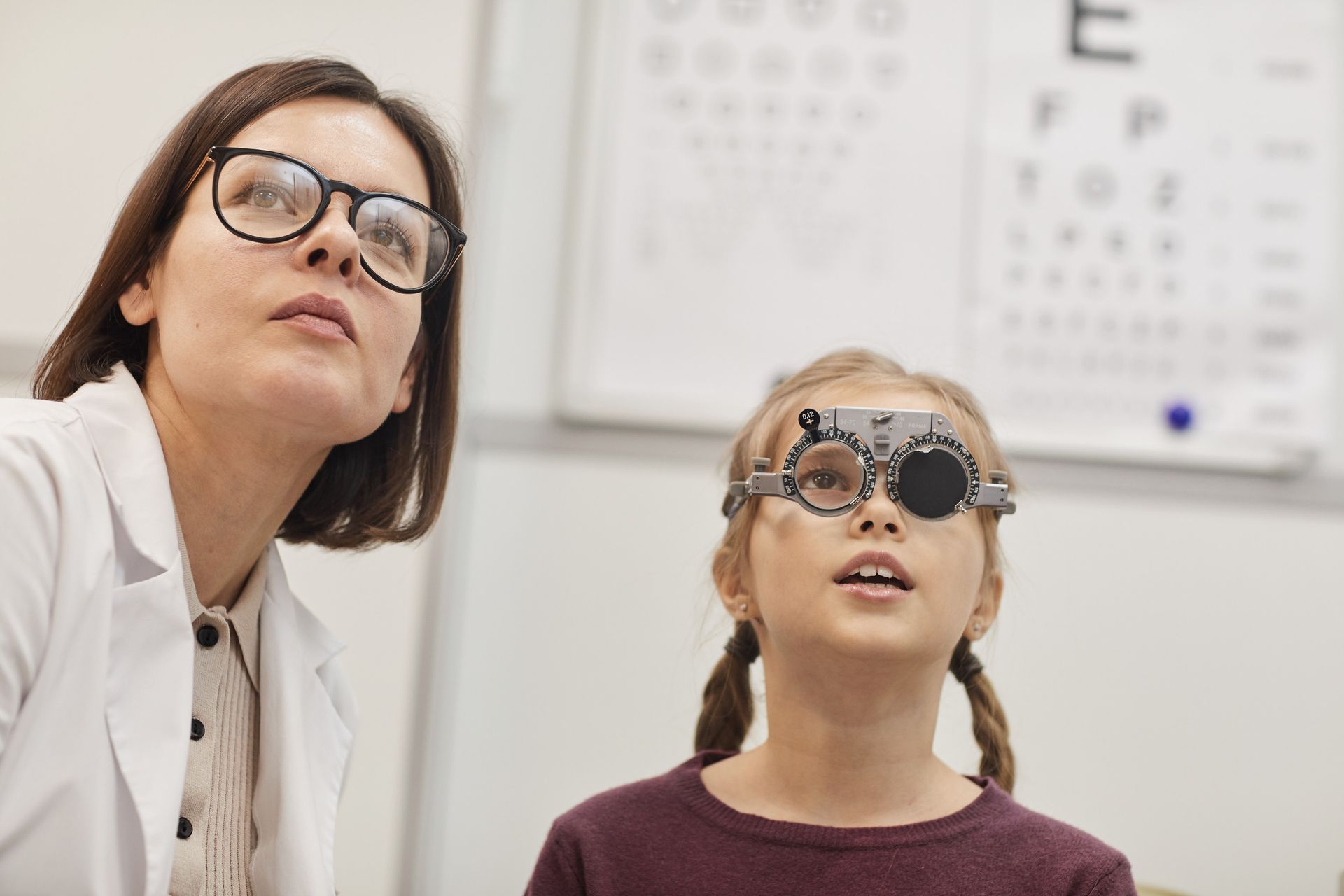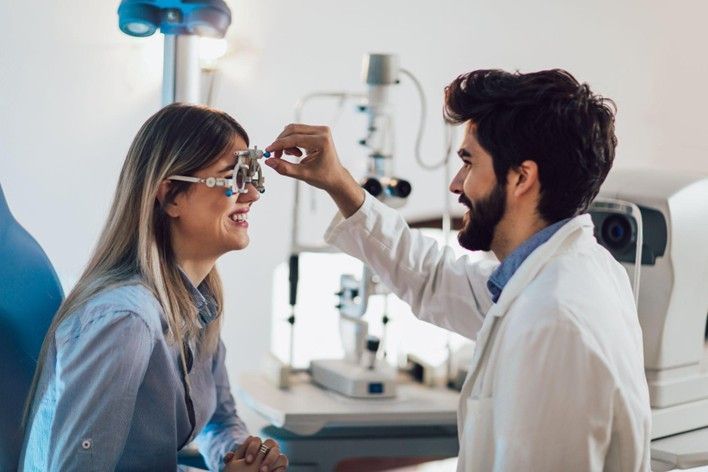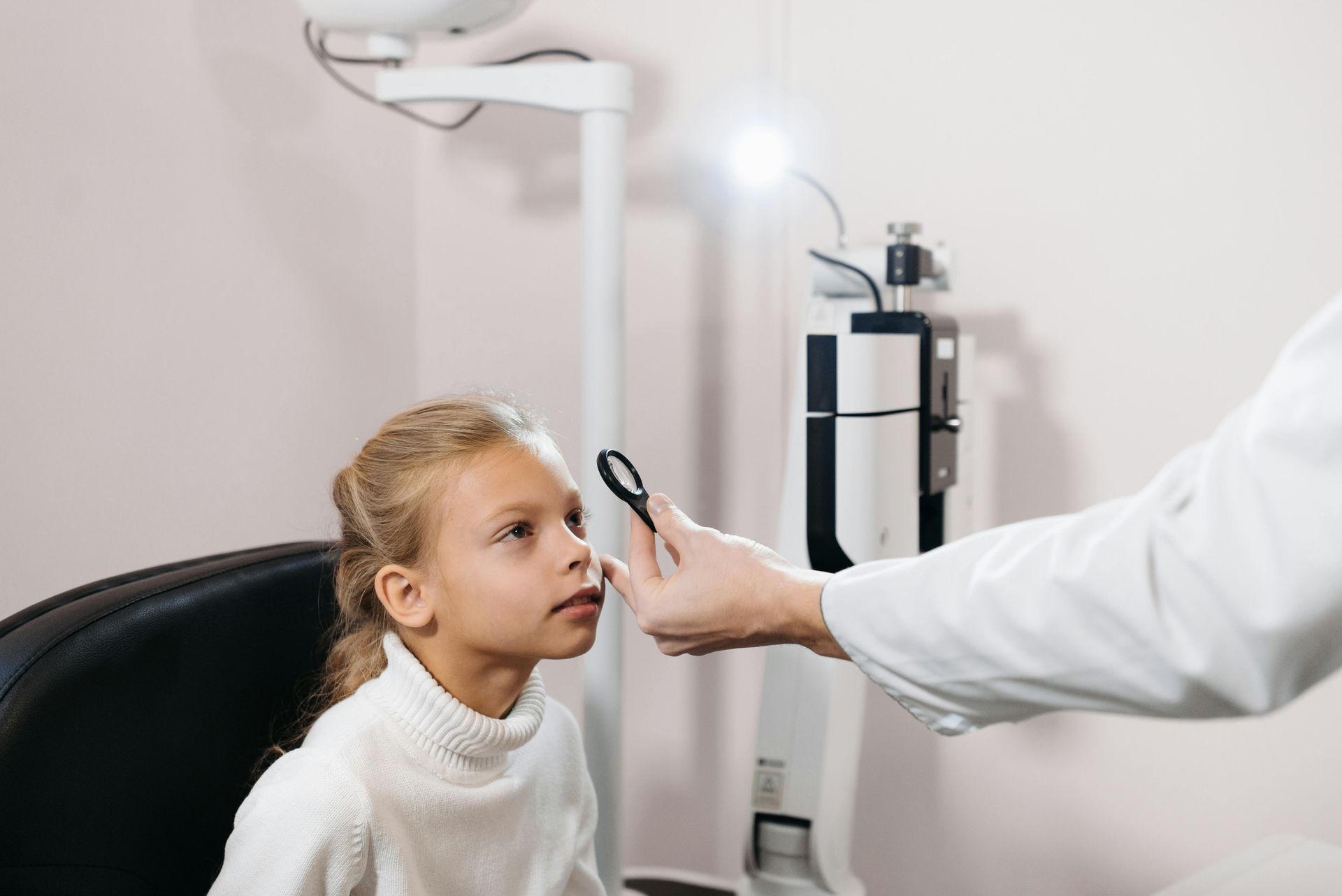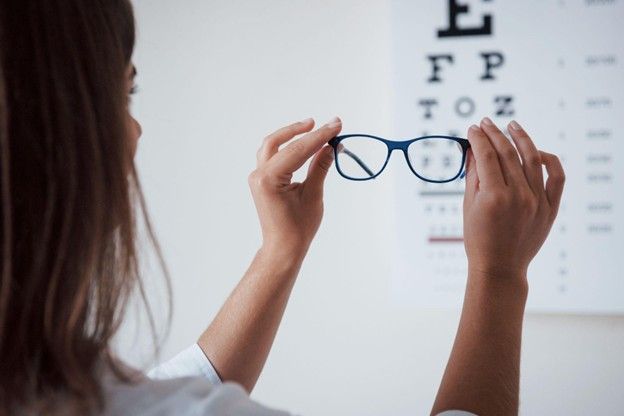Driving Safely with Good Vision: The Role of Eye Tests in Road Safety

Driving Safely with Regular Eye Tests
To drive safely, you need the ability to see clearly and react to various situations on the road. Hence, your vision plays a crucial role in ensuring your safety and the safety of others while driving. Read more to learn about the importance of good vision for driving and how regular eye tests contribute to road safety.
Visual Acuity
Being able to read road signs and license plates and navigate through traffic requires good visual acuity. This is measured using the 20/20 standard—the ability to see objects clearly at a distance of 20 feet.
Peripheral Vision
A wide field of view helps you notice vehicles, pedestrians, and obstacles on the sides of your car. Peripheral vision is crucial for changing lanes, making turns, and being aware of your surroundings.
Night Vision
Driving at night or in low-light conditions demands excellent night vision to identify potential hazards like pedestrians or animals on the road.
Depth Perception
Accurate depth perception helps you judge distances between your vehicle, other cars, and objects, ensuring safe following distances and precise maneuvering.
Color Recognition
Traffic lights, road signs, and signals are all based on color recognition. Distinguishing between red, green, and yellow is vital for obeying traffic laws.
Visual field
Visual field refers to how much space you can see without turning your head. For a driver to operate a vehicle safely, a 120 degree visual field is required. You should also have no significant defects in your 20-degree field of vision in the center.
Driving safely can be severely hindered by blind spots and tunnel vision.
These symptoms can be caused by conditions such as:
● Glaucoma
● Retinal detachment
● Retinitis pigmentosa
● Neurological damage
The Connection Between Vision and Reaction Time
Visual information is processed quickly by the brain, allowing drivers to react promptly to changing road conditions. A split-second delay in recognizing a hazard could lead to accidents. With impaired vision, the ability to react swiftly is compromised, increasing the risk of collisions.
Role of Eye Tests in Ensuring Good Vision for Driving
Regular eye tests conducted by qualified optometrists are essential for maintaining optimal vision for driving.
Here's how they contribute to road safety:
Detecting Refractive Errors
Eye tests can identify common refractive errors like nearsightedness, farsightedness, and astigmatism. Corrective lenses can be prescribed to ensure clear vision while driving.
Checking Visual Acuity
Eye tests measure your ability to see objects at varying distances, ensuring you meet the legal standards for driving.
Assessing Peripheral Vision
Optometrists evaluate your field of view to determine if your peripheral vision meets the requirements for safe driving.
Evaluating Night Vision
Eye exams can reveal issues with night vision, such as difficulty seeing in low-light conditions, which might require specialized interventions.
Monitoring Eye Health
Regular eye exams allow optometrists to detect and manage eye conditions that could impact driving, such as cataracts, glaucoma, and macular degeneration.
If you value road safety and wish to contribute to a safer driving environment, scheduling regular eye exams is an essential step.
Regular eye tests at Optometric Associates of Southern Maine are an integral part of maintaining good vision for driving. By addressing vision issues promptly, you contribute to your safety and the safety of others, making the roads safer for everyone. Remember, clear vision leads to better reactions, and better reactions lead to safer journeys. Schedule your appointment today!



